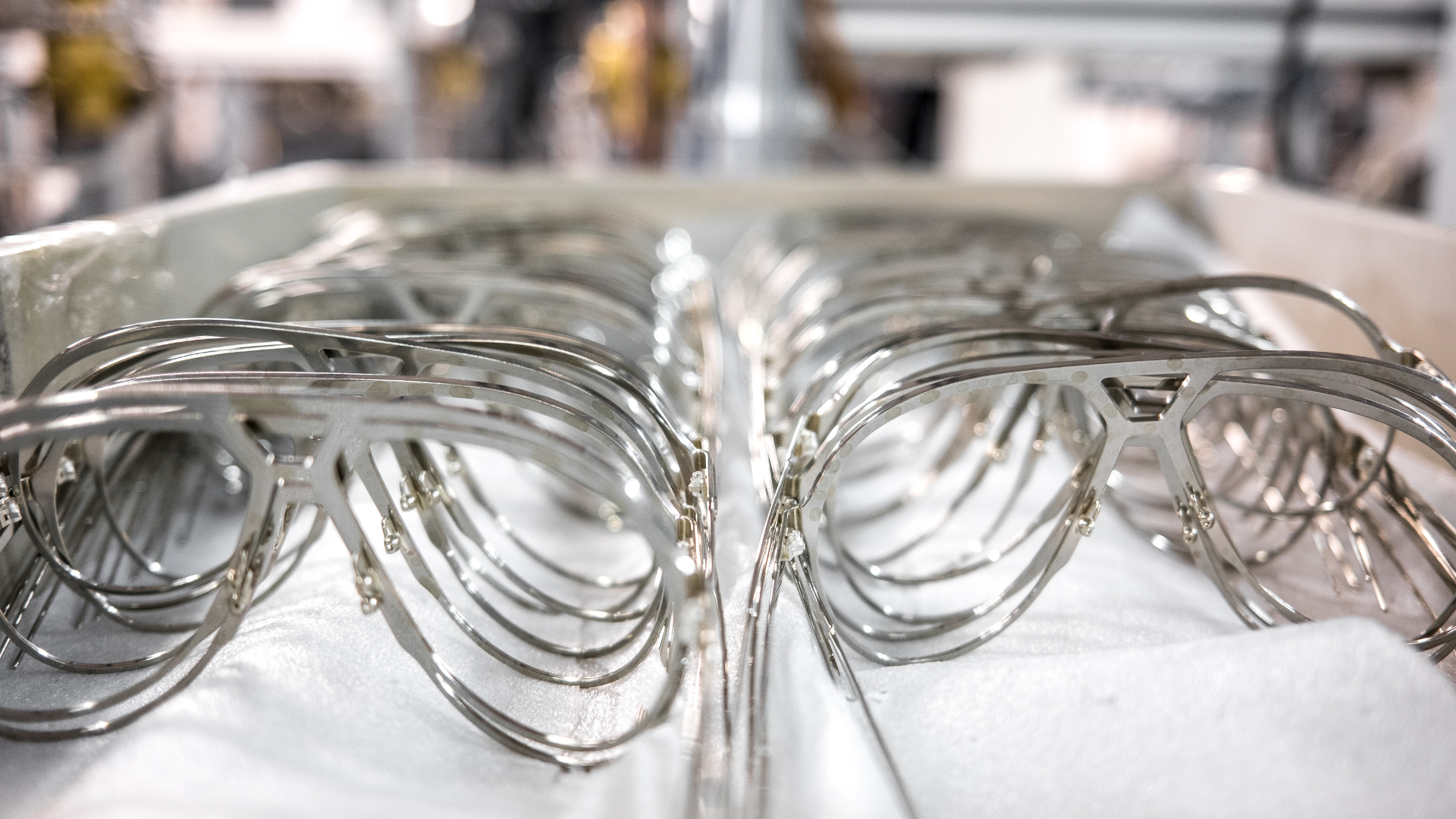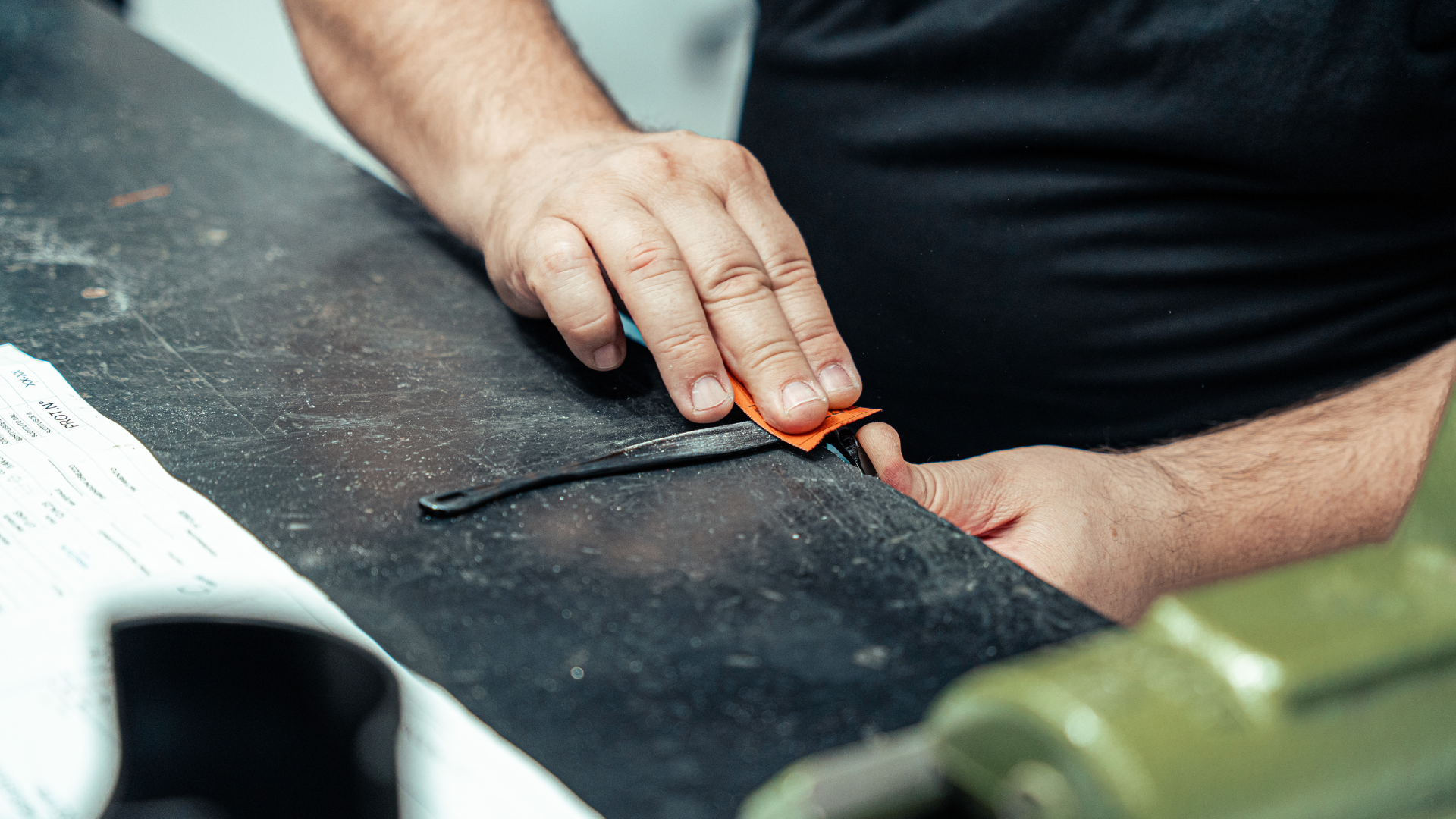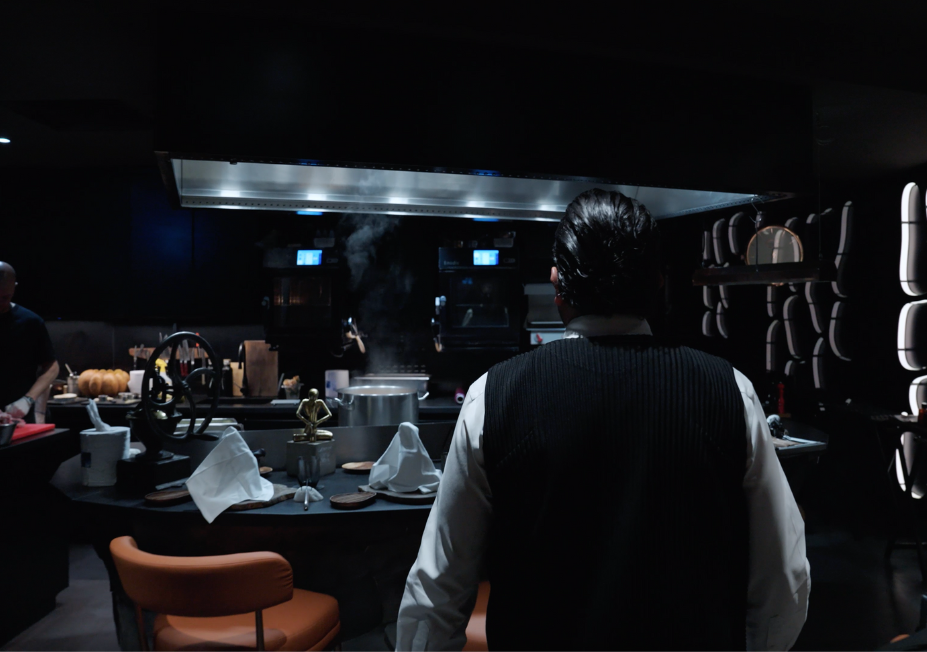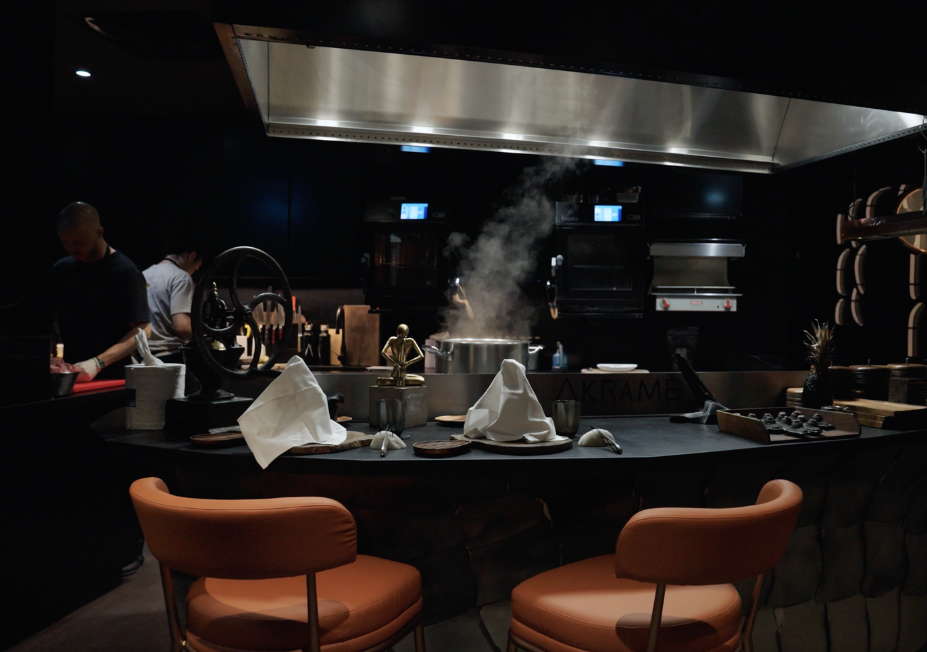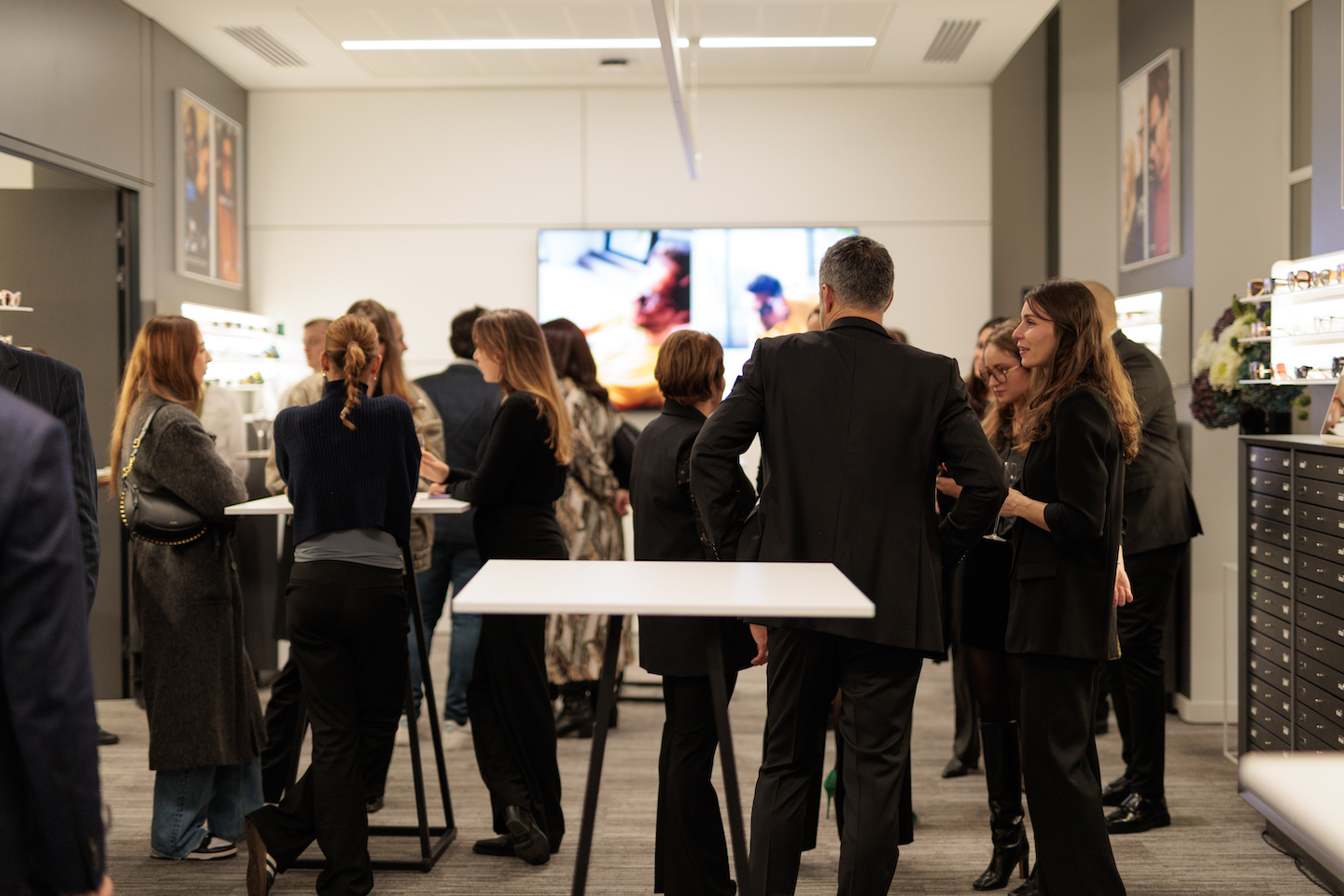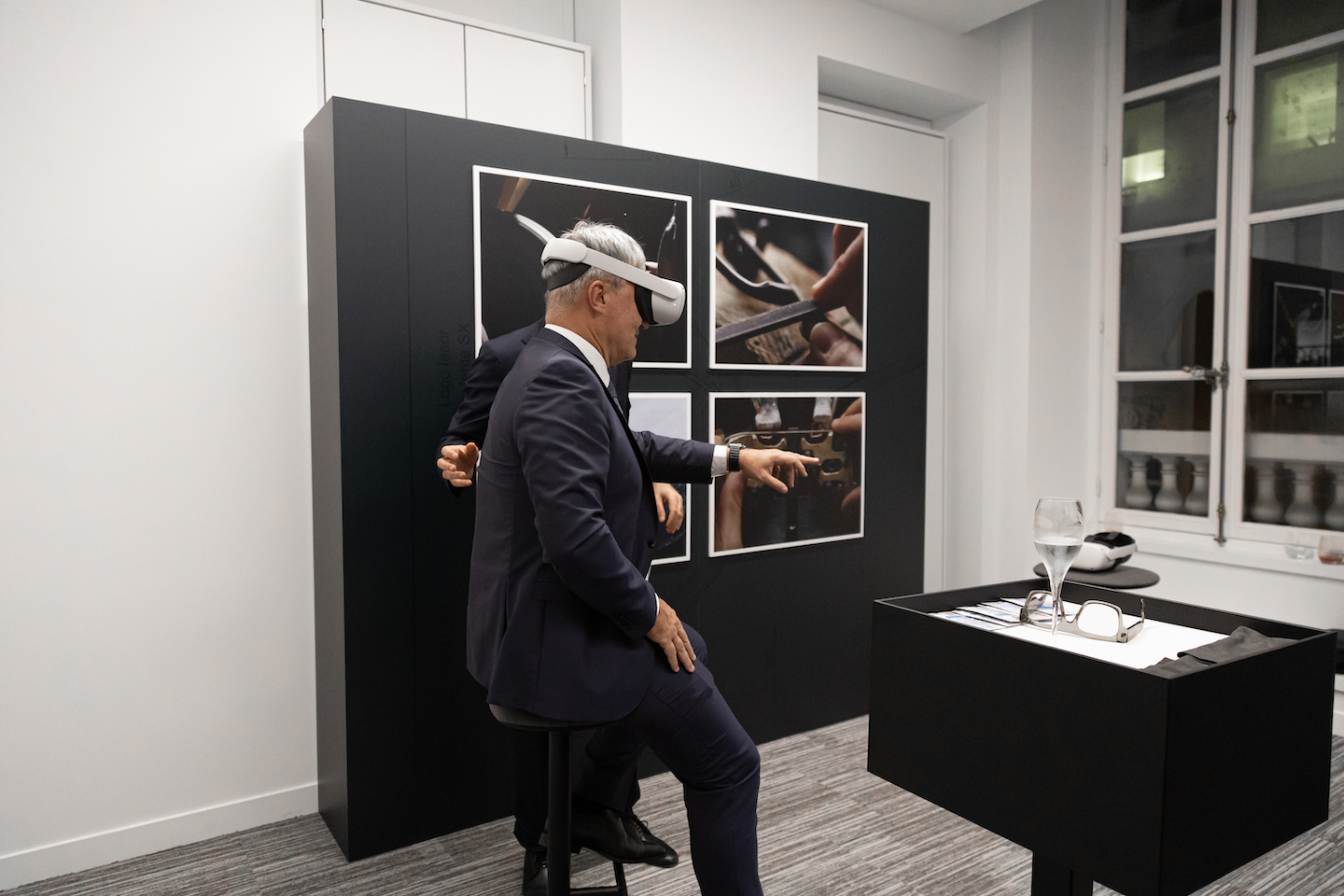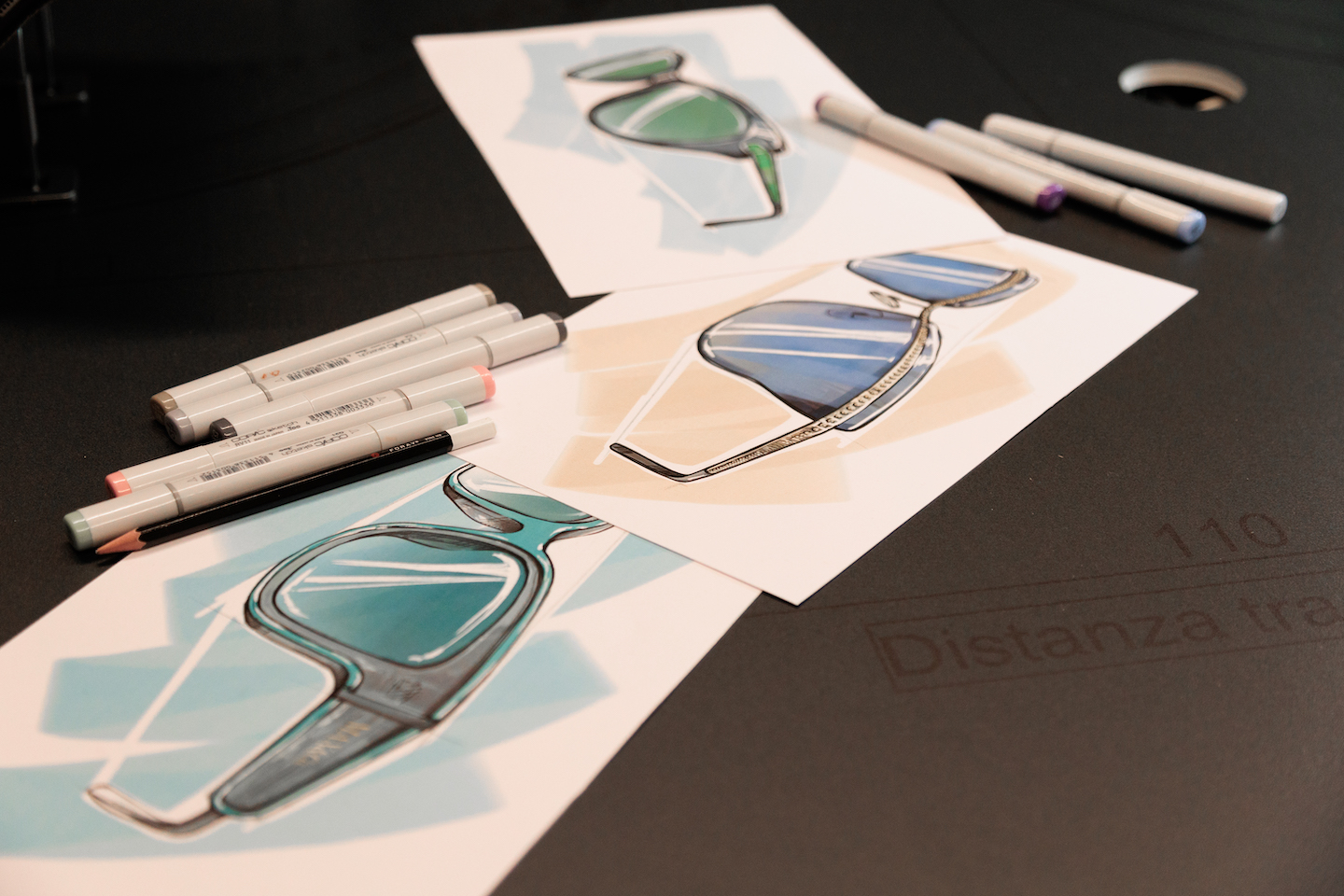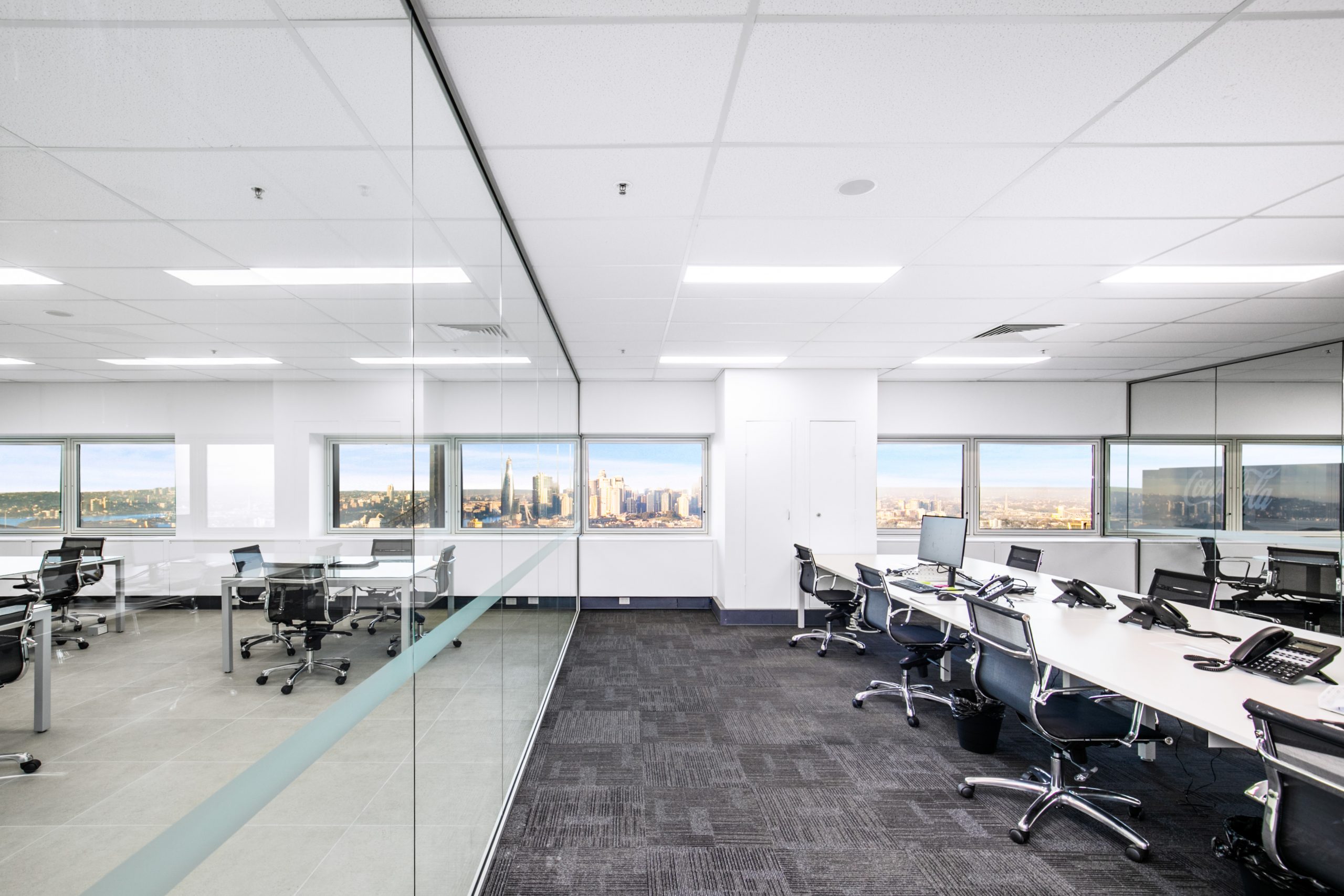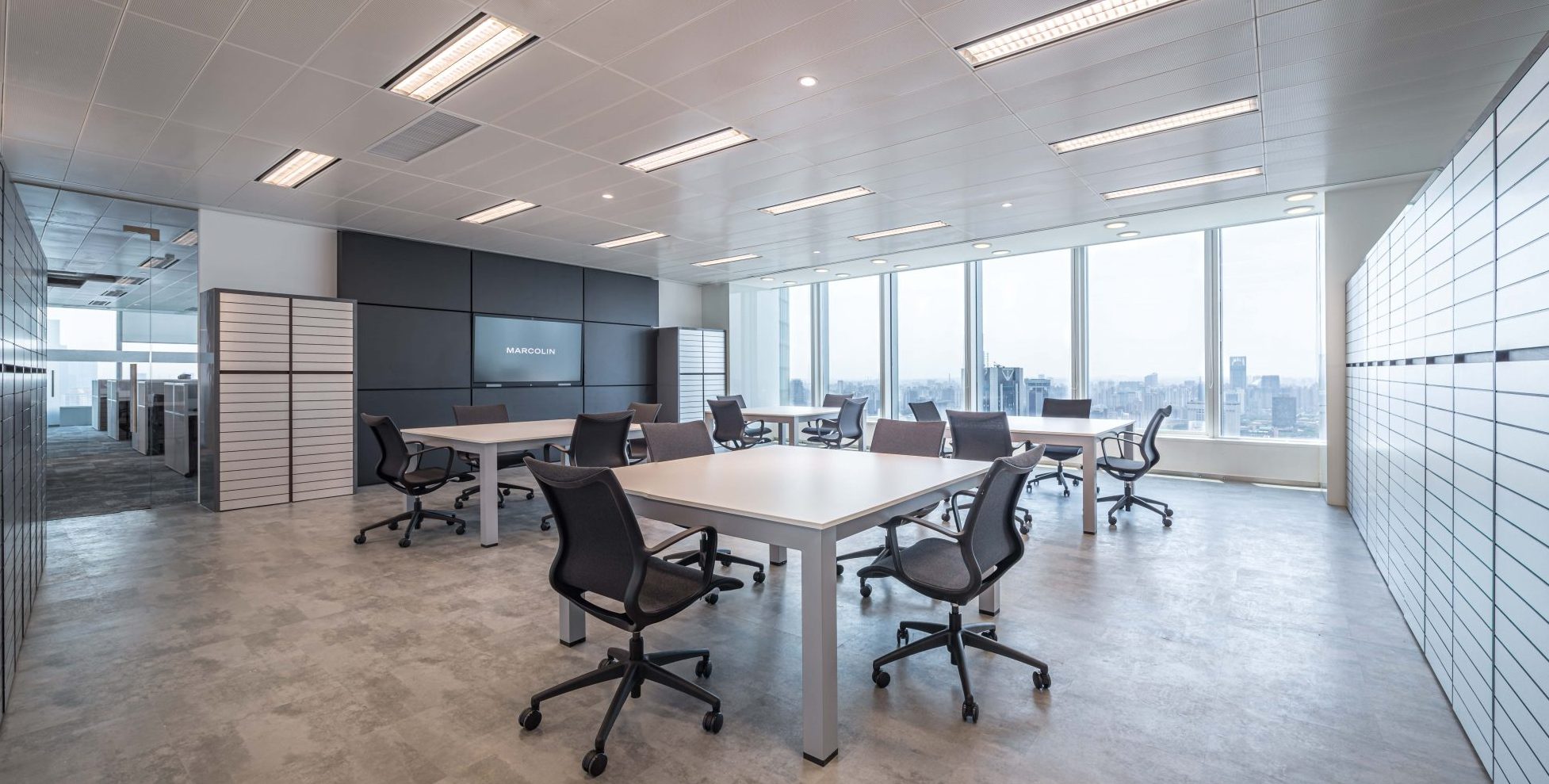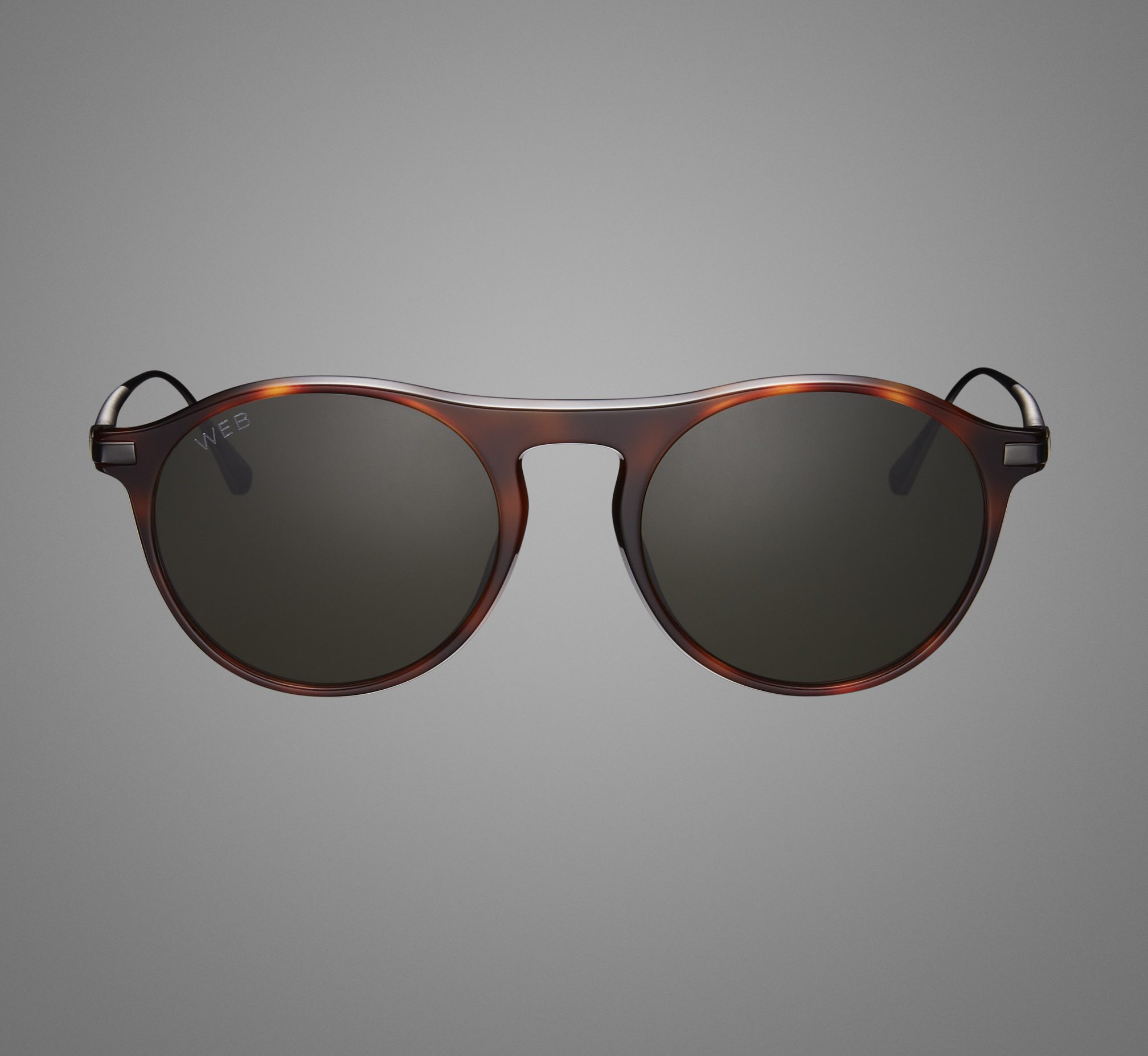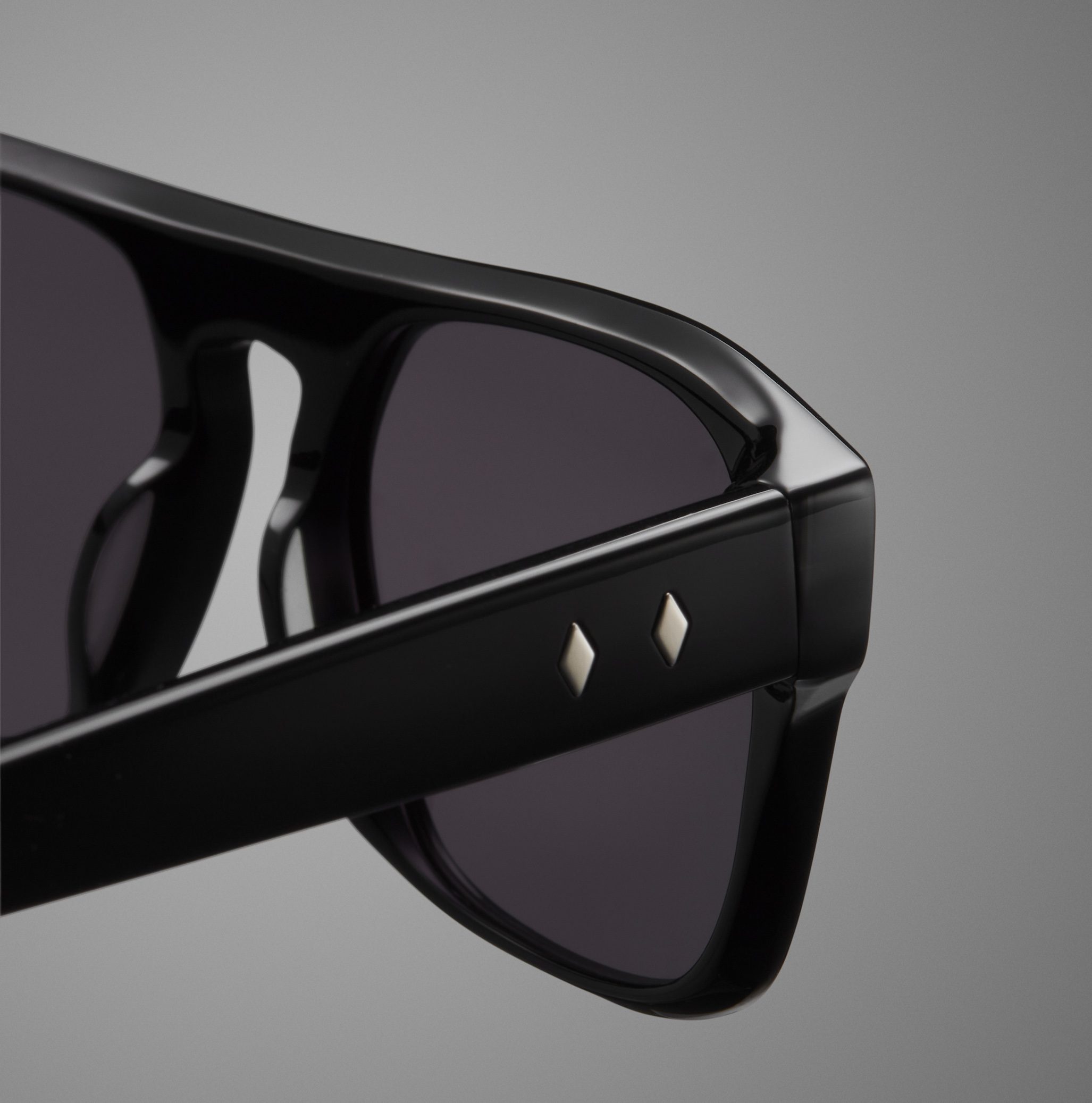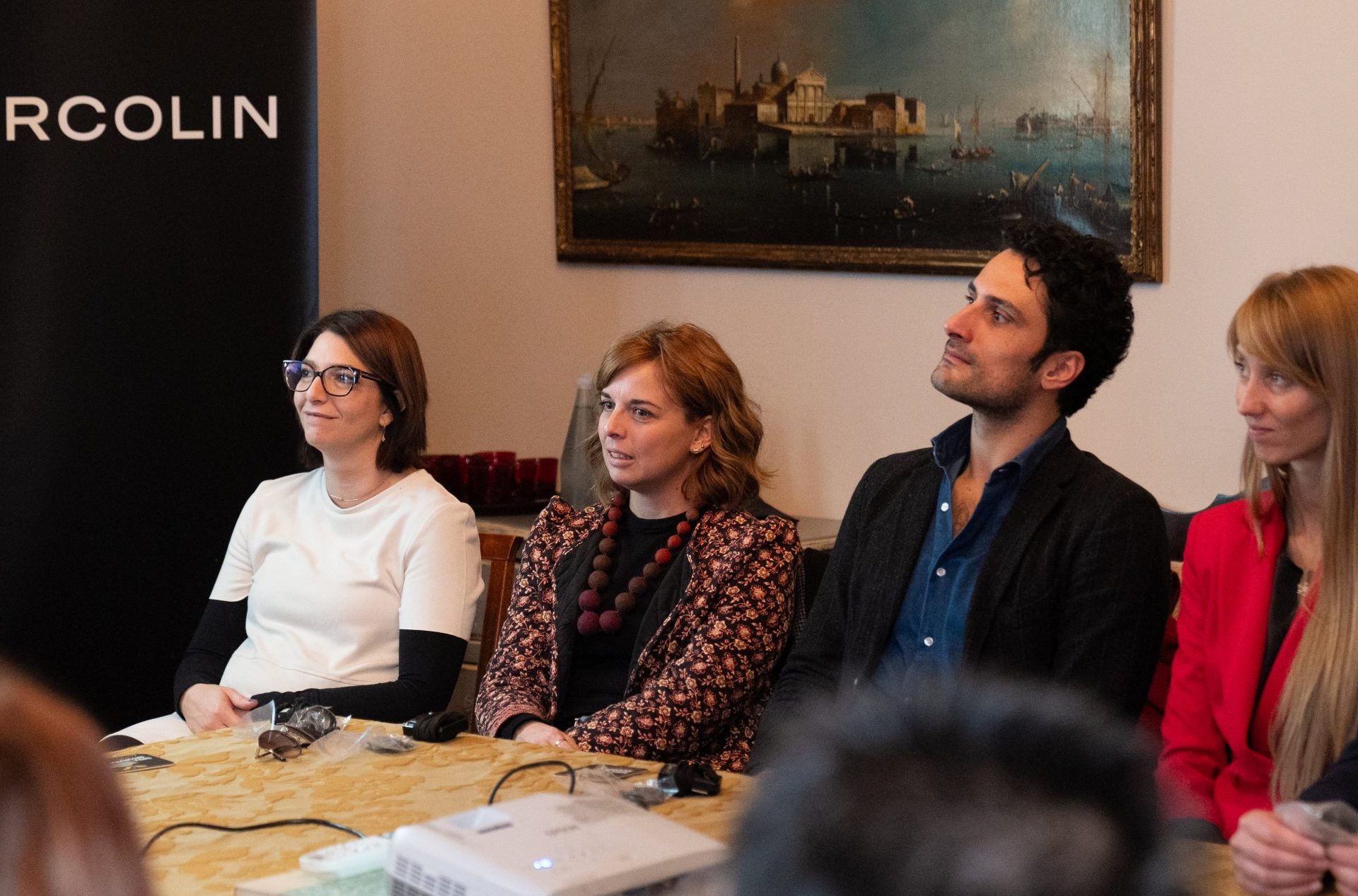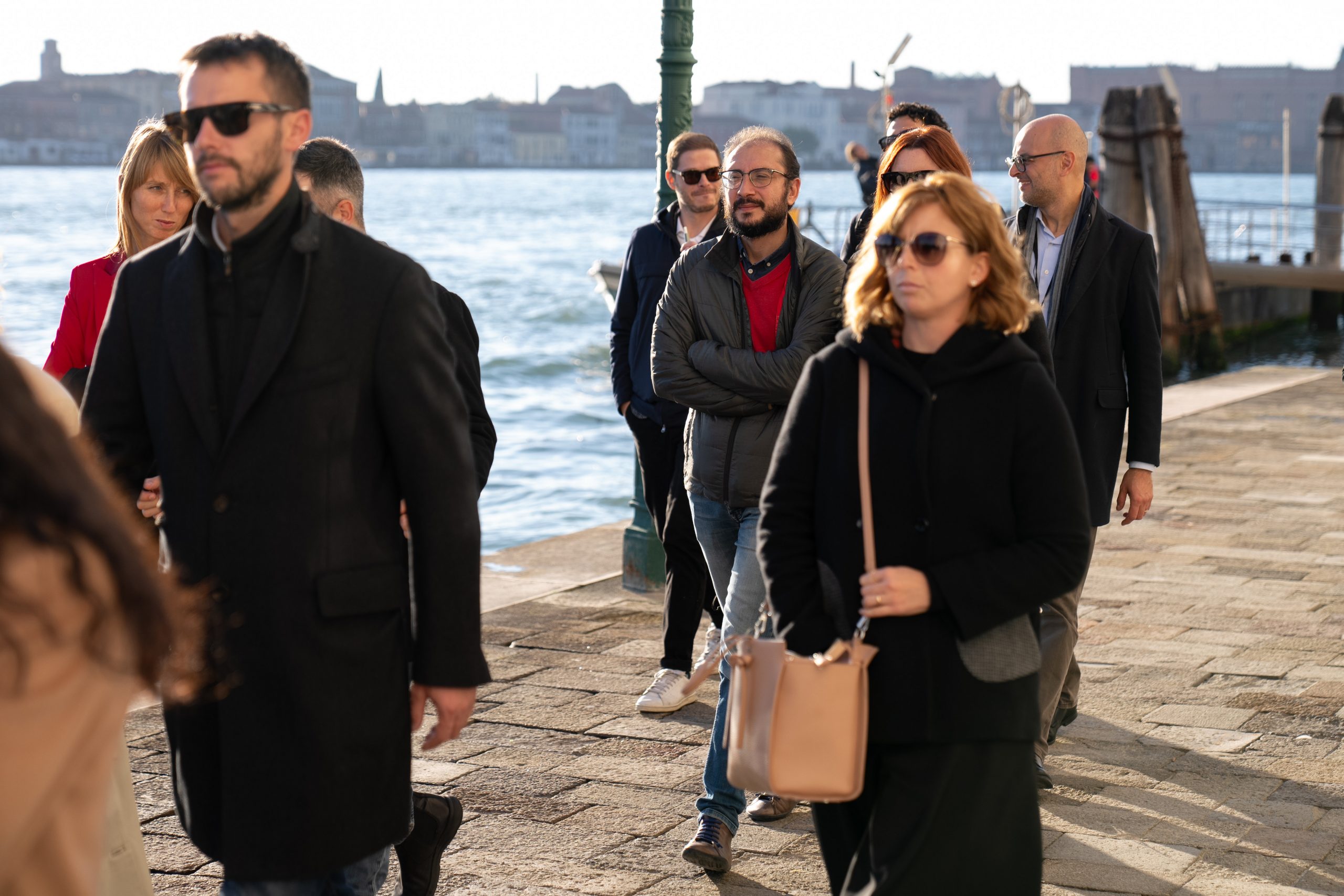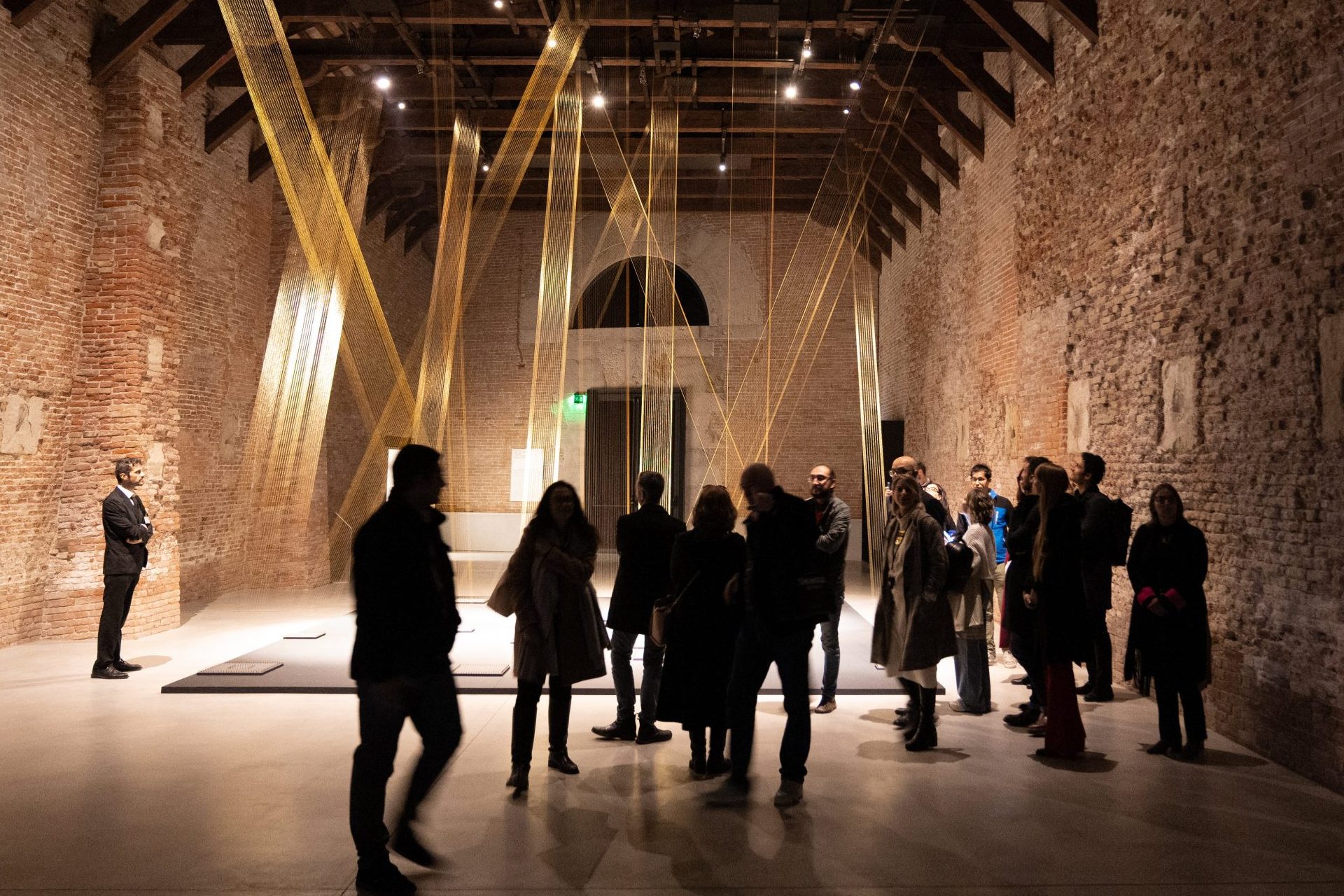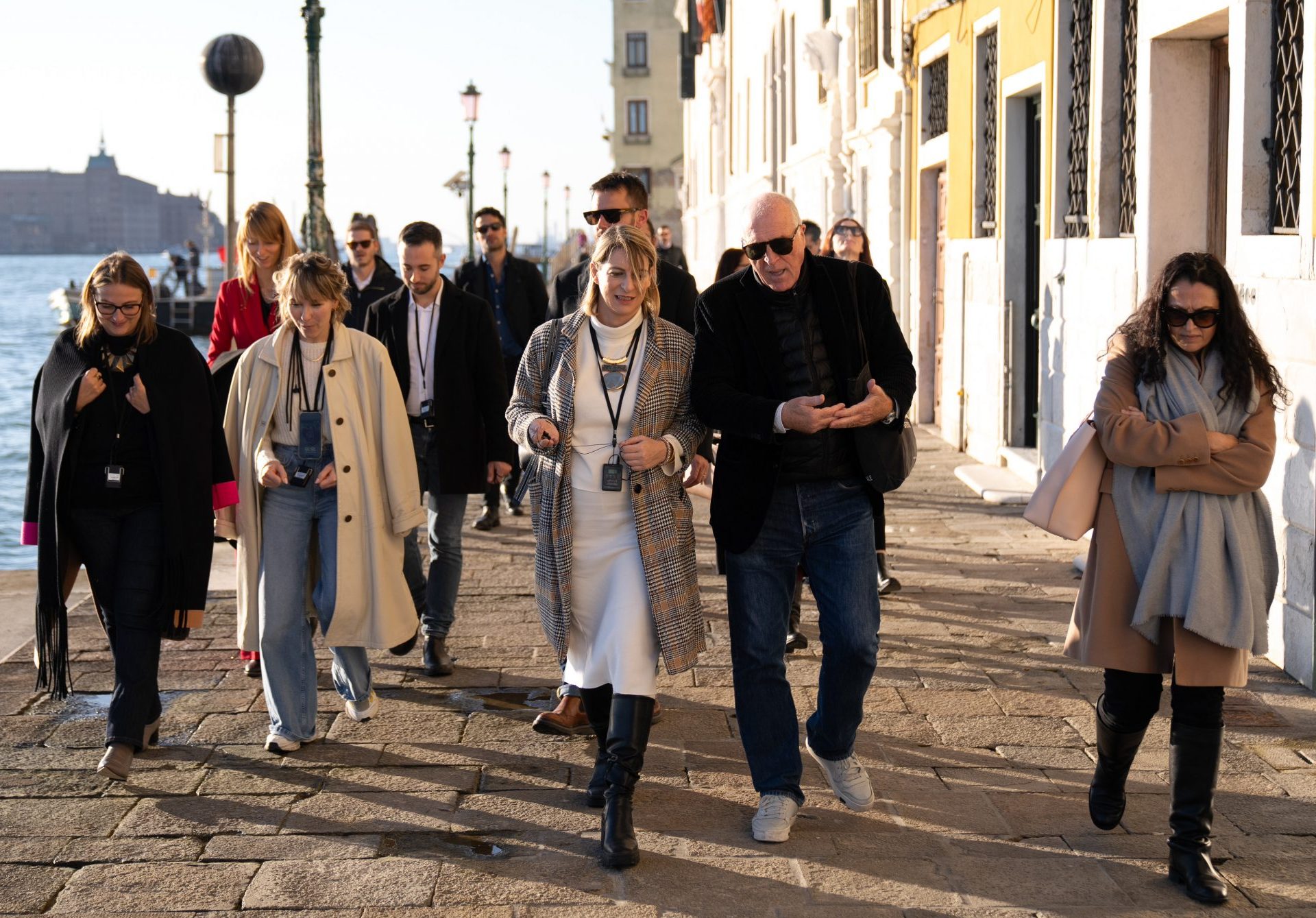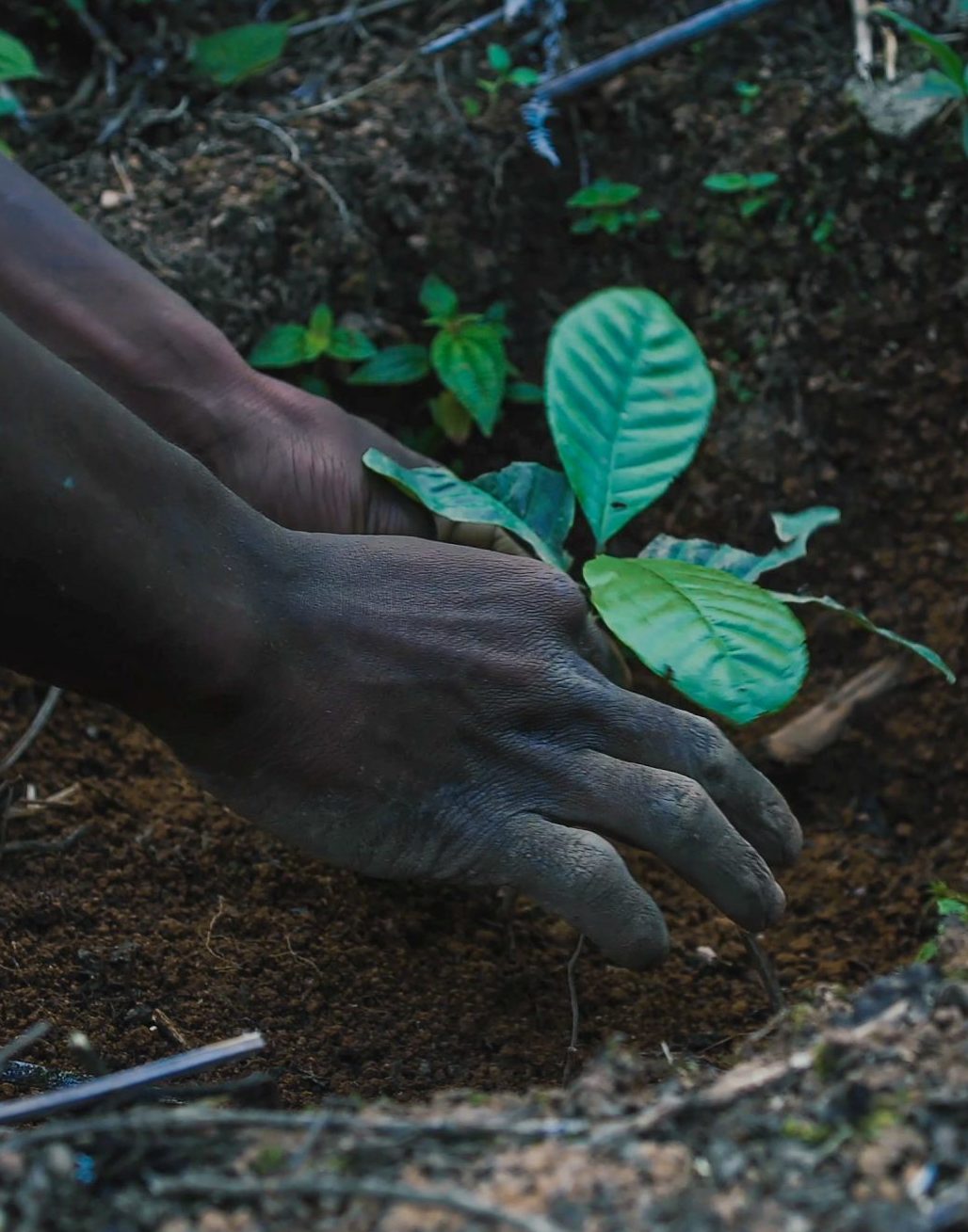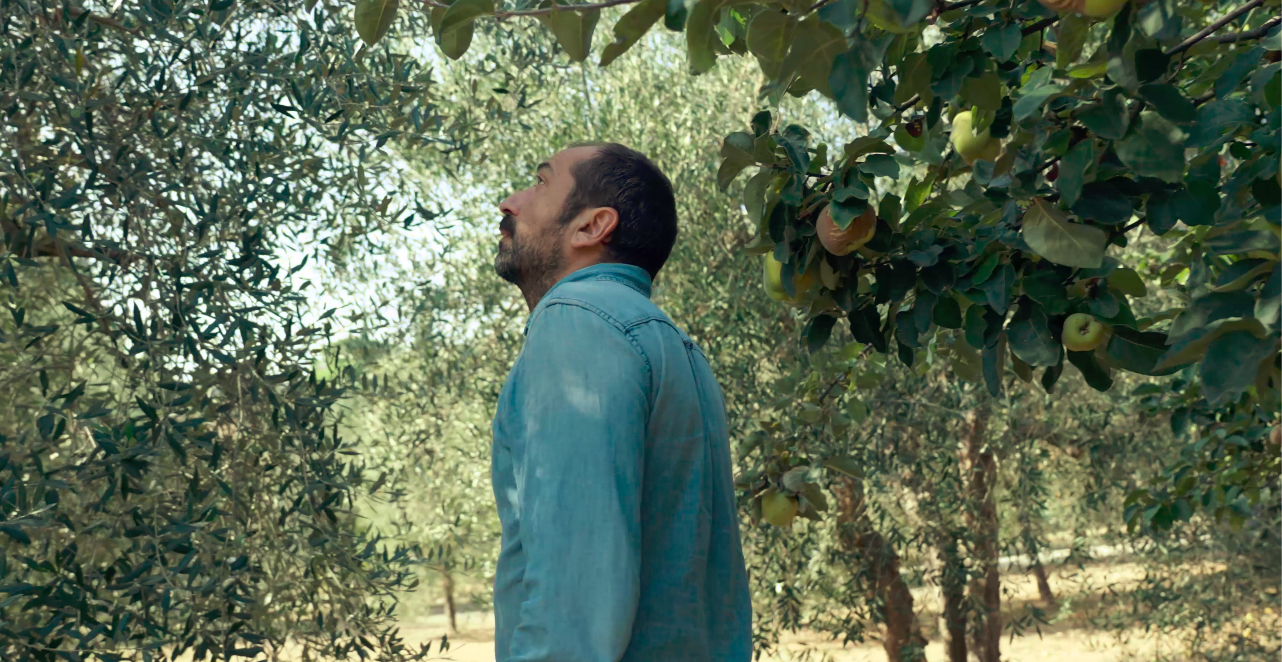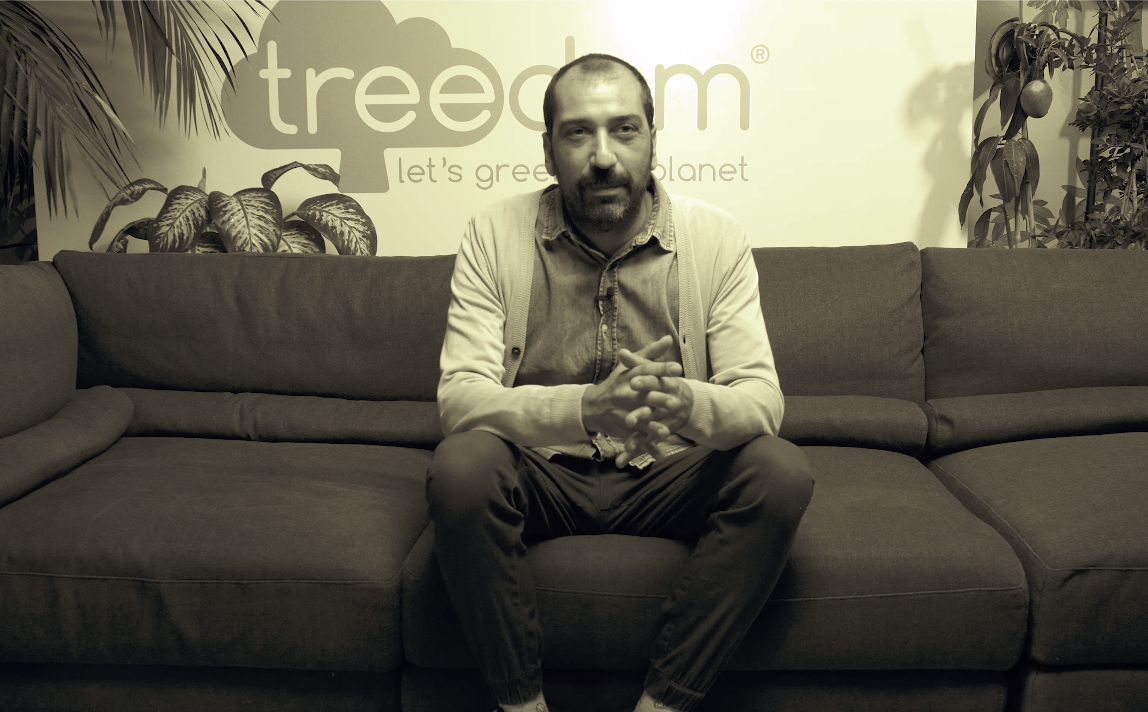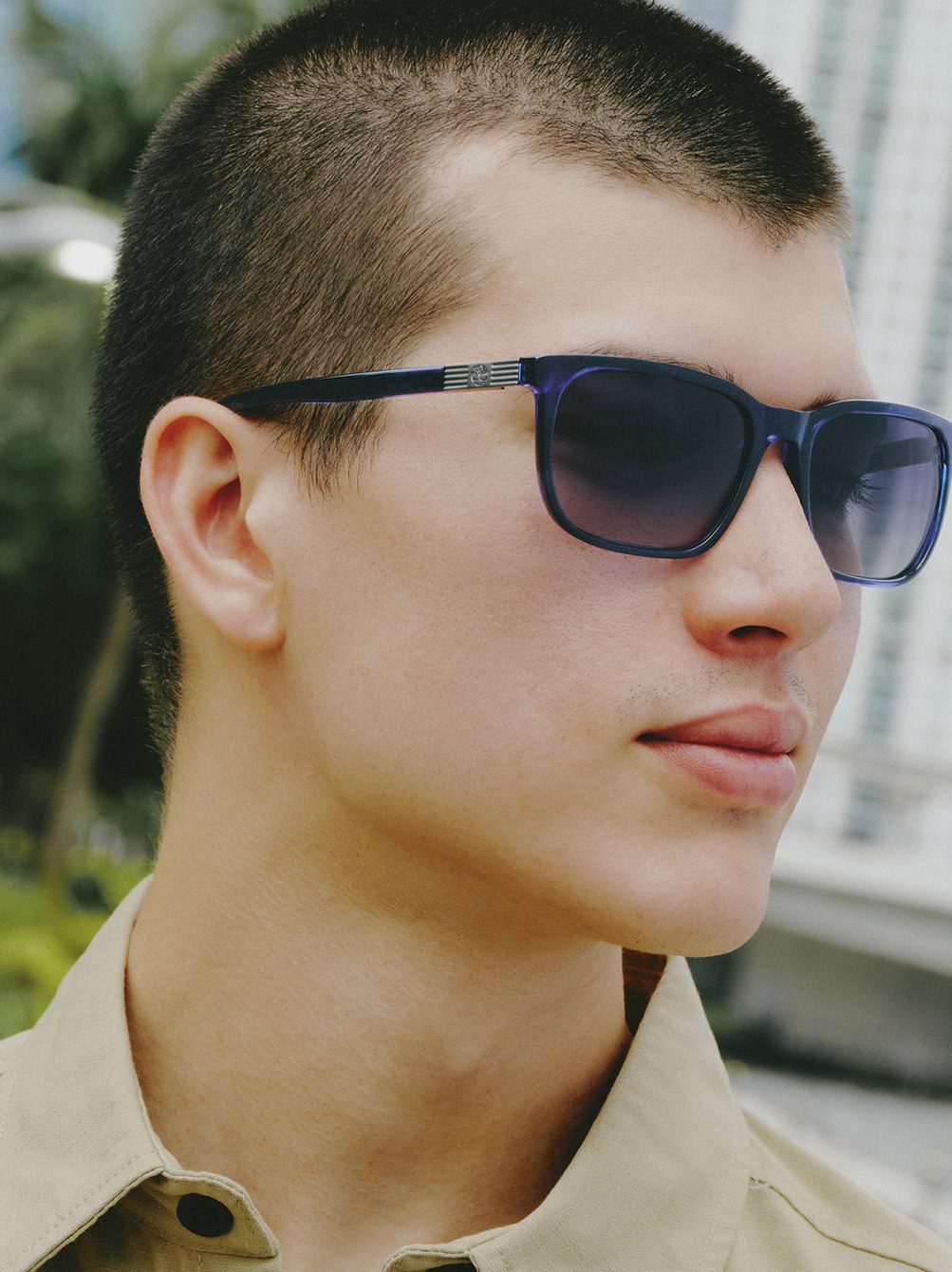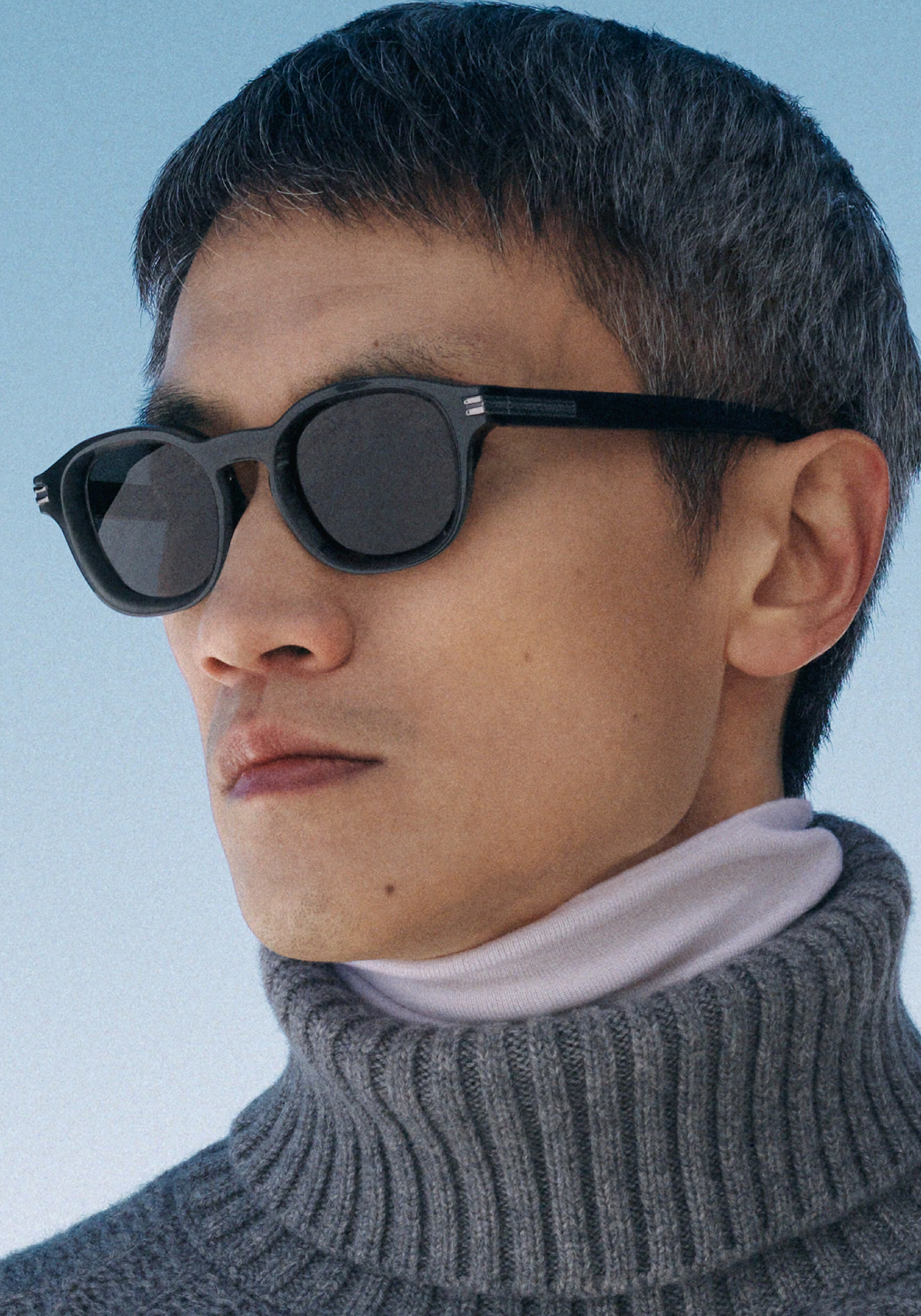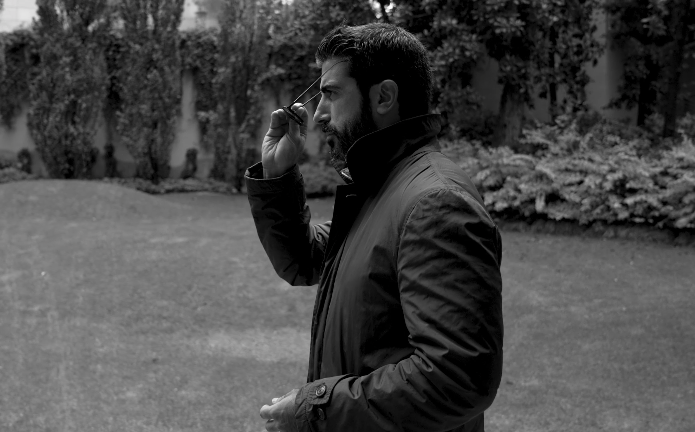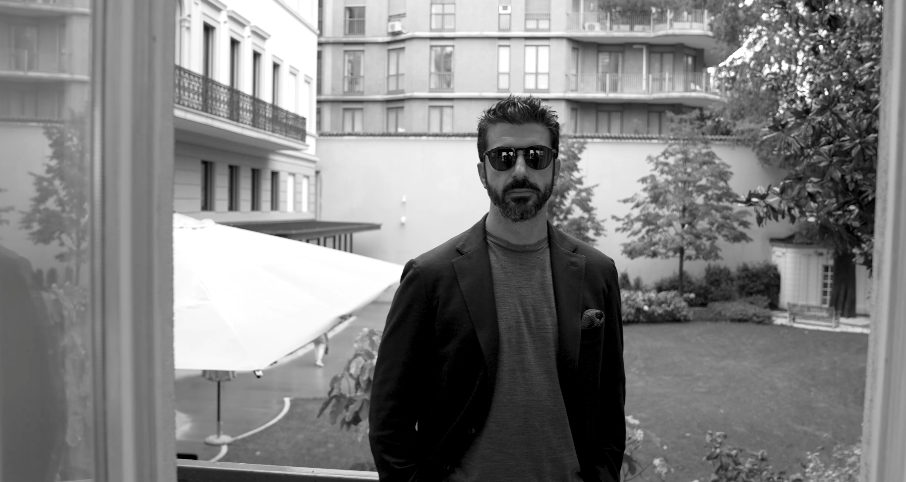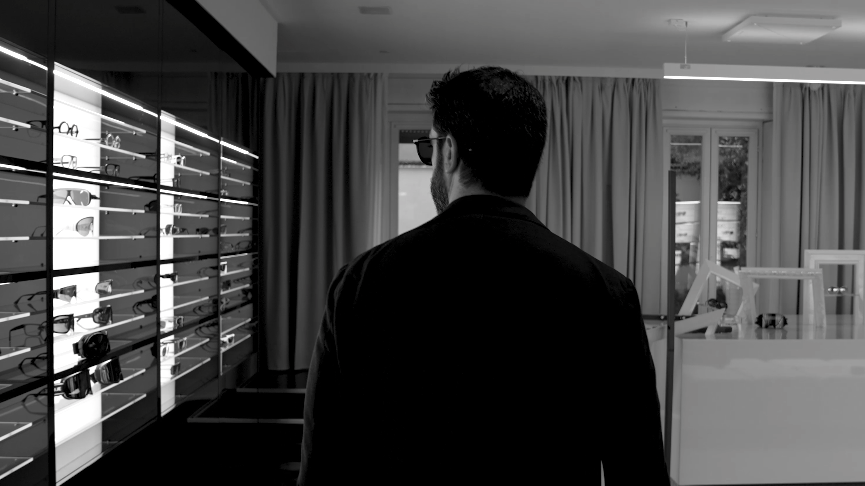A unique region
Magical all year round, the Dolomites, a Unesco World Heritage Site, are at their most beautiful in winter, when it’s cold and snowy. For anyone wanting to indulge in the pleasure of skiing on some of the most beautiful and famous slopes in the world, and for those who simply want to immerse themselves in the special atmosphere of the end-of-year festivities in San Candido, Brunico, Corvara, San Cassiano, San Martino di Castrozza, Madonna di Campiglio, Selva di Cadore… Surrounded by snow-capped peaks, small villages, Christmas markets, exhibitions and, of course, all the flavors of local food and wine.

Stop off in Cortina
When it comes to skiing, Cortina remains the most prestigious resort in the Dolomites. Already an official venue for World Cup races and a future venue for the 2026 Winter Olympics, it offers skiers magnificent slopes in at least three districts: Tofane, Faloria-Cristallo and Lagazuoi-5 Torri. But also the chance to try out new Fat Bike routes, surf the snow with a snow kite or learn how to drive a husky sled. But people also go to Cortina just for the glamour. It is no coincidence that GUESS, a global brand of clothing and accessories, kicked off this year’s Winter Experience project in Cortina, where the brand has opened a new boutique at Via Cesare Battisti 11 for the occasion. The project was created to combine shopping and winter activities in one of the coolest ski resorts in the world.

What to see
Getting off the beaten track is easy. For those travelling to the Dolomites at this time of year, there is also Andraz Castle on the Falzarego Pass or the famous wooden nativity scene in Tesero, in the heart of the Fiemme Valley. And then it’s nice to get lost among the small woodcarving shops in Ortisei, to go for a walk to Lake Braies, to Alpe di Fanes or to take a break in the warm waters of the Pejo thermal baths. There are various itineraries that will allow you to admire the ever-present trees decorated with the traditional star made of straw or bread dough, the frightening masks of the Krampus figures, the candles of Santa Lucia and the rituals of the little star singers who go from house to house singing Christmas carols in exchange for delicious Lebkuchen, the traditional freshly baked Tyrolean biscuits.

